Social media marketing resource NapoleonCat reports that 96 percent of marketers have used marketing automation, with email marketing the most popular usage.
However, you can automate many parts of your marketing campaigns, from content marketing to advertising and social media marketing.
The question becomes – how do you get started? You’ve selected a good marketing automation software, but you want to ensure you use it to the fullest.
You wish your first campaigns take off without a hitch. It sounds like you need a marketing automation checklist to get started.
In this blog post, we’ll go point by point and describe every step you need to tick off for your marketing automation success.
Table of Contents
Understanding Marketing Automation (101)
Before we dive into that, let’s go over the basics of marketing automation to ensure you’ve got them down pat. This introductory section will cover all your bases.
What is marketing automation?
Automation software is used across industries and businesses for service, sales, and marketing tasks. The goal of automation is to simplify workflows, save time by eliminating or reducing mundane tasks from the schedule, and increasing productivity.
Here are some areas of a marketing workflow you can automate.
- Email marketing: Automation tools can generate email subject lines and incorporate personalization. You can browse and select email templates, split-test your emails before you send them, and schedule email sending. You can create entire drip campaigns using automation, with follow-up emails sent based on triggers such as lead or customer behavior.
- Advertising: Simplify your advertising campaigns with automatic targeting, personalization, and real-time analytics.
- Lead scoring: You must score your leads to determine who’s the most qualified, but this is time-consuming. An automation tool can score your leads based on the criteria you select, saving you hours.
- Social media marketing: You can use automation workflows to create social media posts (including writing post copy), incorporate personalization, select appropriate tags, and post for you. You can schedule when your social media posts go out so your brand always looks online even when you aren’t.
- Content marketing: Content marketing automation entails refining copy with grammar and spell checkers, improving tone, scheduling when posts go live, and cross-posting to social media platforms.
How does marketing automation work?
So how does marketing automation work? Let’s explore.
First, you must select an automation platform or tool. You have no shortage of options here. ActiveCampaign, HubSpot, Sendinblue, Mailchimp, EngageBay, Keap, and Salesforce (Pardot) all do a good job at marketing automation.
EngageBay’s all-in-one software for sales, service, and marketing teams offers a full suite of marketing automation tools to drive your campaigns forward.
Next, begin putting together your automation workflow. Automation operates according to if/then rules. For example, if a lead subscribes to your newsletter, they’ll begin receiving drip emails. (If this, then that)
You create the rules for your workflow, typically using drag-and-drop elements. An automation workflow can be as simple or complex as you require it.
You won’t need a complicated workflow for basic tasks like posting on social media. You tell the workflow what to post and when, then it’s done.
However, lead scoring will require a more complicated workflow. This task uses more if/then rules.
Automation workflows require fine-tuning, but once you’ve got them right, they operate independently, like a well-oiled machine.
Read also: Marketing Automation KPIs You Need Like Coffee (Must-Have)
The Marketing Automation Checklist – How to Get Started
1. Set your goals with pinpoint precision
Automation can solve many challenges that business owners face as they experience growth. These tools can save you the time you don’t have, eliminate extraneous tasks from your workflow, and help you reach a burgeoning audience.
However, you must have clear, measurable goals in place to use automation to the fullest.
Let’s use a simple example. Your business currently posts on social media once a week. You’re interested in ramping that up to 10 times per week.
Tailwind can generate post ideas, write copy for you, and incorporate your branding into your posts. You can choose from a robust photo library, so you don’t even have to think twice about visual content.
Here’s another example. Your small business has grown your email list, and you’re interested in sending an email sequence using automation.
EngageBay’s marketing automation tools can help. You can use simple drag-and-drop workflows to broadcast emails, build email sequences, or send bulk emails. The wealth of predesigned email templates is professional but editable, so you can add your branding to your emails.
Read also: Account-Based Marketing vs Marketing Automation: A Guide
2. Be smart in picking your automation platform
Your goals should guide you toward your ideal automation platform, but you must consider other factors. Let’s investigate.
- Ease of use: Automation is designed to save you time. However, software that’s difficult to use will suck up all the time you’d save by automating marketing tasks and then some. Take advantage of demos and free trials to determine how easy the software is to use. Keep in mind the software may have a learning curve, but it shouldn’t be steep.
- Scalability: Your small business is poised to grow. You need an automation solution that can grow in kind without hindering you.
- Cost: The price of the software is a major consideration. Startups often operate on a shoestring budget. Fortunately, you have your pick of free plans. EngageBay’s Marketing Bay starts at $0 per month.
- Features: Marketing automation software runs the gamut. A social media tool like Tailwind comes in handy if you’re interested in optimizing your social media content, but not so much if your focus is email marketing. Select a software based on the features it offers and how well they match your business objectives.
- Customization: You don’t want to use the same email templates your competitors rely on or share social media posts that all look the same. The freedom to customize workflows to match your unique brand and have other personalized elements is a must.
- Customer support: When you need help, how responsive is customer support? Can you get issues resolved quickly, or does it take days for you even to hear back? You must have quick, helpful, and efficient customer support.
- Integrations: Your small business already has other tools in your marketing stack. The automation software should integrate with these tools so it slots into your workflow effortlessly.
Read also: Mastering The Interview: Essential Marketing Automation Questions And How To Answer Them
3. Map out the entire customer journey
Now that you’ve selected your software, you’re one step closer to automating your marketing tasks. However, before proceeding, you must have a clear understanding of your average customer journey.
Where do most of your leads find you? Is it through your marketing campaigns? More specifically, through social media? Guest blog content? Advertising?
How many site visits does the average lead make? Once they subscribe to your email newsletter, how much nurturing does it take before they convert? After converting, how long do they remain in the funnel on average?
Answering these questions allows your small business to strategically employ marketing automation at specific points in the customer journey. In turn, this might speed up the average customer’s entry through the funnel.
For example, if you’ve determined that many of your leads find your small business through social media posts, can you increase your lead gen by posting on social media more frequently?
Would more targeted, engaging emails encourage a lead to make a purchasing decision faster?
Answer these and other questions honestly, and you can begin narrowing your marketing automation approach.
Read also: Marketing Automation For Manufacturing: Beginner’s Guide
4. Score your leads smartly
You’ll recall that one of the strongest features of marketing automation software is the capacity to score leads. This is one of the more important jobs of a marketer, as lead scoring determines which leads are readiest to buy.
It’s also one of those tasks that never ends, especially if you have healthy lead gen. You can consistently lose time to lead scoring week over week and month over month.
Automation software can score your leads, so you don’t have to. Select the criteria you want the software to use and assign a scoring system.
Monitor the results, as you might wish to tweak the lead scoring workflow, introducing or prioritizing some criteria over others.
Read also: Why Companies Need B2B Marketing Automation Today
5. Create marketing content that can be automated
Next, it’s time to begin building robust content that you can spread across your audience segments at various stages of the customer journey.
Automation tools can assist you with this depending on the type of content you’re interested in. As we’ve explained, some automation software can write social media copy for you. You should still edit the copy before posting, but this saves you a tremendous amount of time.
Image libraries and email templates also make it easier to increase your content output. Automation software can recommend content, reducing your time spent on ideation, and you can use tools to edit the written content you produce.
You won’t have to spend as much time proofreading when you can erase spelling, syntax, and grammar mistakes and improve your tone through automation software.
Read also: Marketing Automation Landscape: A Guide To Scaling Your Business
6. Implement email automation in your pipeline
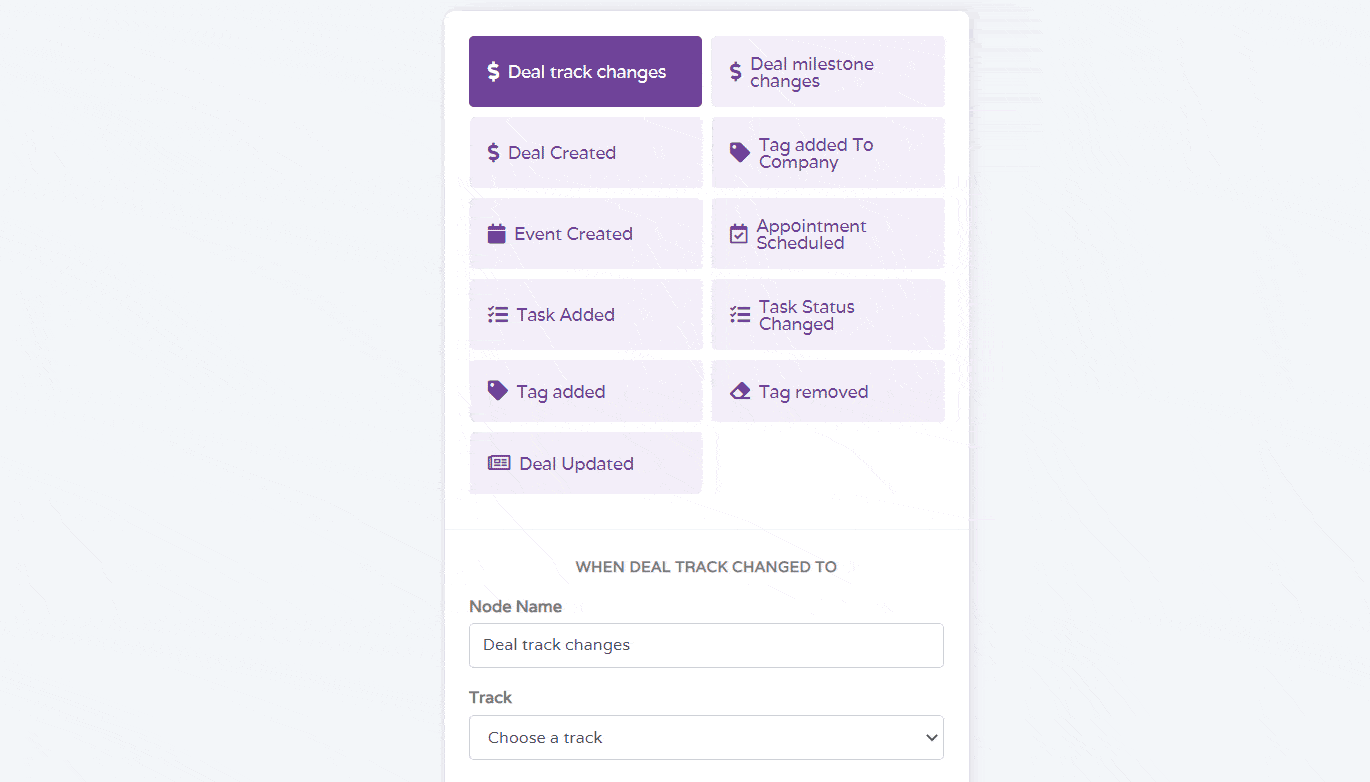
Now that you have content to share, it’s time to put it out into the world. That begins with email marketing, one of automation’s strongest suits.
Let’s review how it works. First, you select the audience who will see your message. Since you’ve already scored your leads, you should have several audience segments ready to engage with.
Next, you select your email template. Marketing automation tools like EngageBay give you hundreds of modern, appealing email templates to select from, whether you’re engaging with new leads or reaching out to long-term customers.
After compiling your email, you’d draft a follow-up, and the next follow-up from there based on how a lead or customer behaves. You should have an email ready for every action a lead or customer can take, from purchasing something to unsubscribing.
Now you can put everything together in the automation software. Create a workflow that dictates which emails a lead or customer should receive and when as they move through the funnel.
You can also determine when a lead or customer receives an email. For example, they should get a confirmation email immediately after subscribing to your email list or purchasing a product or service.
Read also: A B2C Marketing Automation Guide To Reach Buyers With Less Effort
7. Integrate social media automation
Social media is a critical part of any successful marketing strategy and is another area where automation helps.
We’ve already discussed how automation tools can build your social media posts for you. More so, you can rely on automation to schedule when your posts go live.
In today’s chronically online world, the average consumer expects the companies they follow to be as active as they are. Business hours are still existent but matter less on social media.
You can use social media automation to post content around the clock to keep your profile active even when your staff is away from the office.
Read also: Marketing Automation 101 For The Beginner [With Examples]
8. Track analytics and build reports
Another area where marketing automation software excels is in reporting. Automation tools will track the analytics that matter to your campaign and company, producing reports for key metrics in real-time that you can use to dictate the future of this campaign and others.
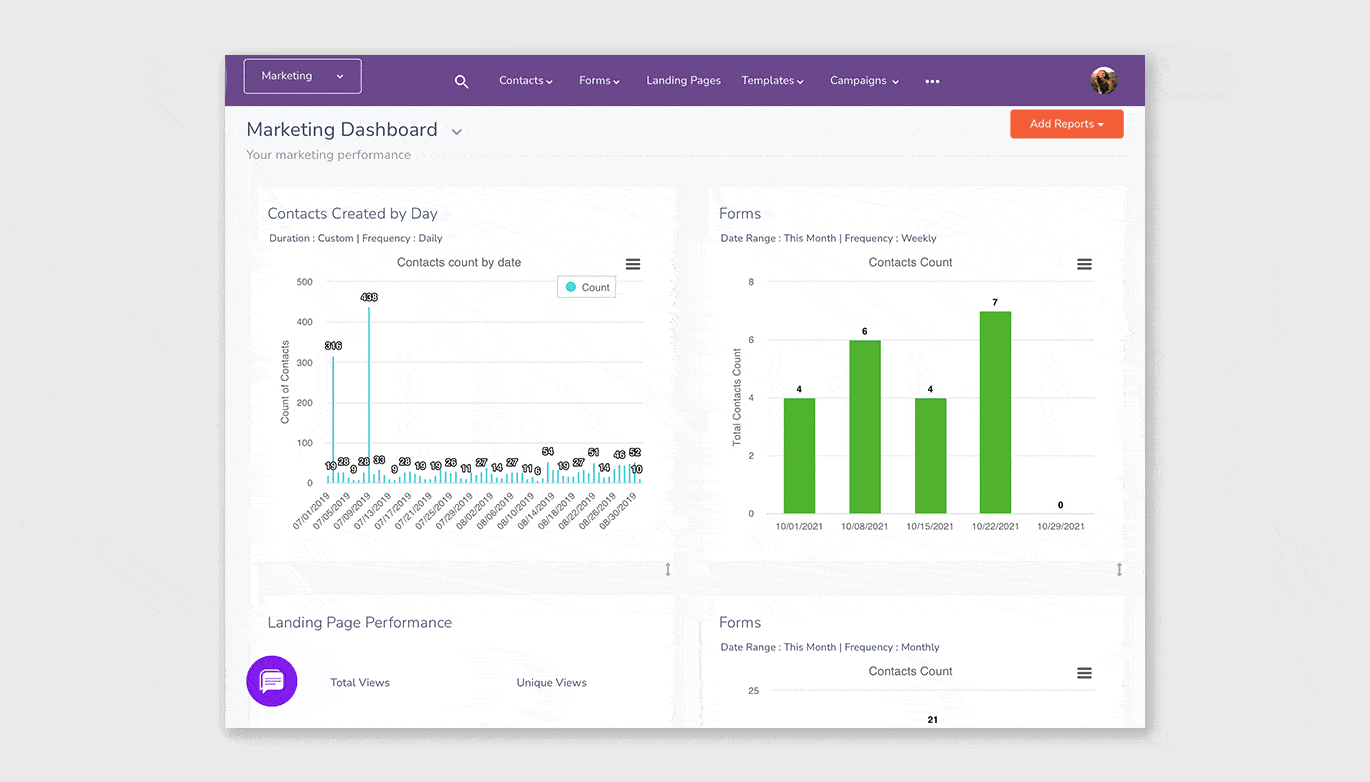
You can pull this valuable information into a report to measure the success of your automation efforts. As beneficial as automation is, you might find that some tweaks are required before your automations work to the fullest.
Read also: 17 Marketing Automation Workflows for Amazing Results
Conclusion
A marketing automation checklist enables small business owners to develop a successful marketing automation strategy.
Implementing these steps into your automation journey will help you personalize your marketing, post content more consistently, nurture and engage with your audience, save time, and increase productivity.
Do you add any more steps to your own personal automation checklist? What marketing automation experiences do you have that you’d like to share?
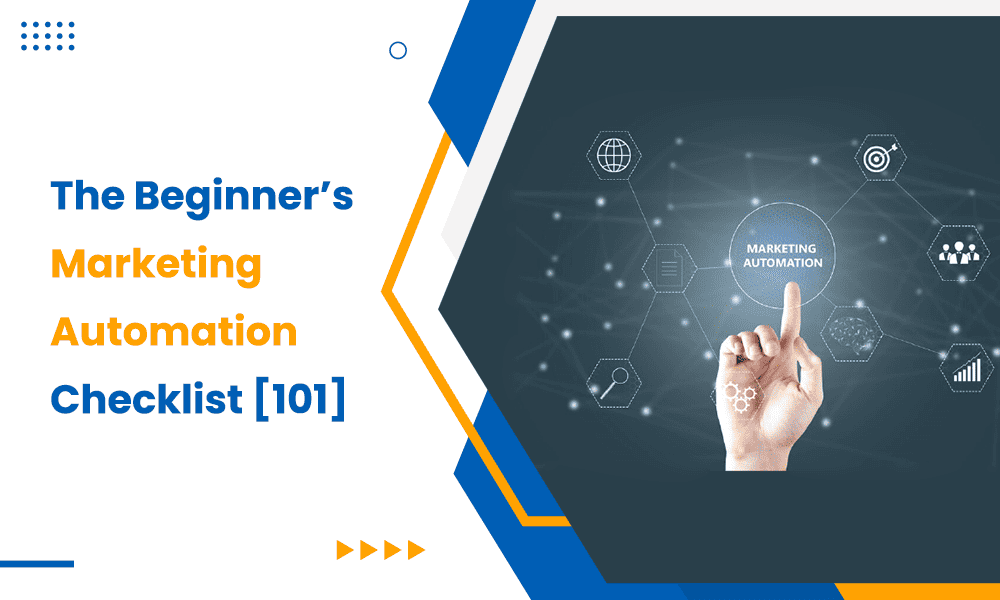
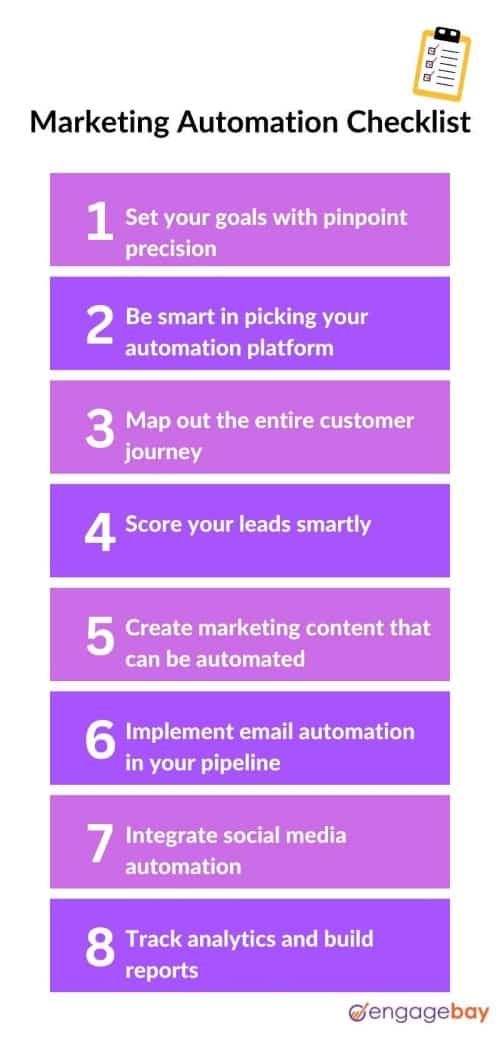
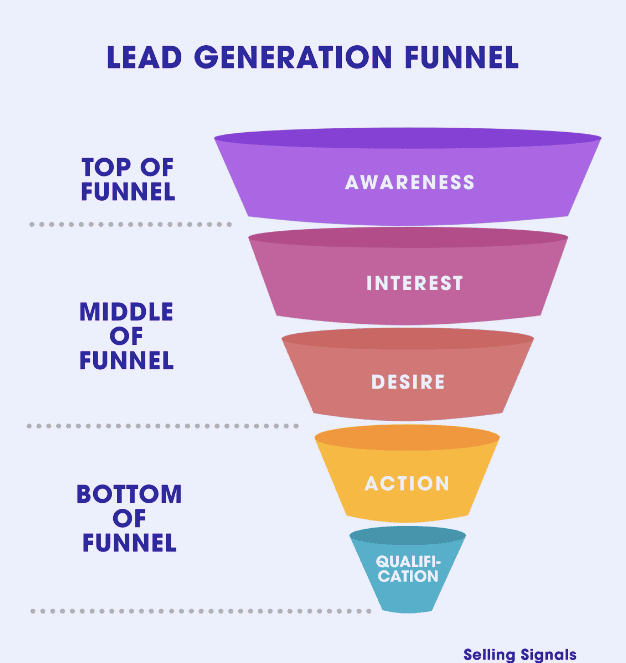
I love how you start off by emphasizing the importance of setting clear goals and objectives before diving into marketing automation. It’s crucial to have a solid understanding of what you want to achieve before implementing any automation tools. This will not only help you stay focused but also ensure that your efforts align with your overall marketing strategy.
For more marketing ideas and strategies, I would highly recommend visiting our website – https://www.biteblueprint.com